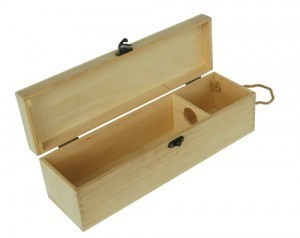Credit Card Dimensions
 Nowadays, the use of credit card is one of the most popular modes of payment. Issued by credit unions or local banks, it offers consumers a wide variety of benefits such as fraud protection, small short-term loans as well as convenience. Some of its features include the card name holder, card brand logo as well as credit card number. For a better understanding of what this thing is all about, it is good to know the different credit card dimensions.
Nowadays, the use of credit card is one of the most popular modes of payment. Issued by credit unions or local banks, it offers consumers a wide variety of benefits such as fraud protection, small short-term loans as well as convenience. Some of its features include the card name holder, card brand logo as well as credit card number. For a better understanding of what this thing is all about, it is good to know the different credit card dimensions.
Dimensions of a Credit Card
The size and shape of credit cards are defined under the international standard ISO/IEC 7810:2003. This specific standard mentions the physical standards for various types of identification cards. Under the ID-1 format, ID cards and banking cards must carry a dimension of 85.60 millimeter by 53.98 millimeter or 3.370 inches by 2.125 inches. These include debit cards, ATM cards and credit cards.
The other important characteristics of credit cards are defined under the ISO/IEC 7813, which states that each card must be 0.76 millimeters thick. At the same time, cards must have rounded corners, with a radius of 3.18 millimeters.
Additional Facts and Other Interesting Information
Credit cards offer people many advantages such as an easier way to track expenses, accessible credit and convenience. Furthermore, customers have a number of options like special rewards schemes, repayment arrangement and credit limits. There are various types of costs that cardholders need to pay including charge offs, operating costs as well as interest expenses. In some cases, customers are charged with certain types of fees such as exchange rate loading fees, membership fees and foreign currency transactions.
These cards must pass strict standards. Overall, each of them must possess superior qualities like durability, resistance to deterioration as well as card dimensional stability. In addition, each must be resistant to chemicals, toxicity and flammability.
The use of credit card purchases was first described in Edward Bellamy’s novel entitled “Looking Backward.” The book was published some time in 1887, in which the term ‘credit card’ was used a total 11 times. In the United States, its first use was recorded in the 1920s. One of its earlier predecessors is the so-called Charge-Plate, which was used primarily in the 1930s until the latter parts of the 1940s. It was made out of a rectangular-shaped sheet metal, which measured 2½-inches by 1¼-inches.
Right now, the fundamental concept of revolving credit has several variations including store cards, corporate-user credit cards as well as organization-branded credit cards. Of course, its use is not entirely free from controversies. Some of them include redlining and hidden costs.





